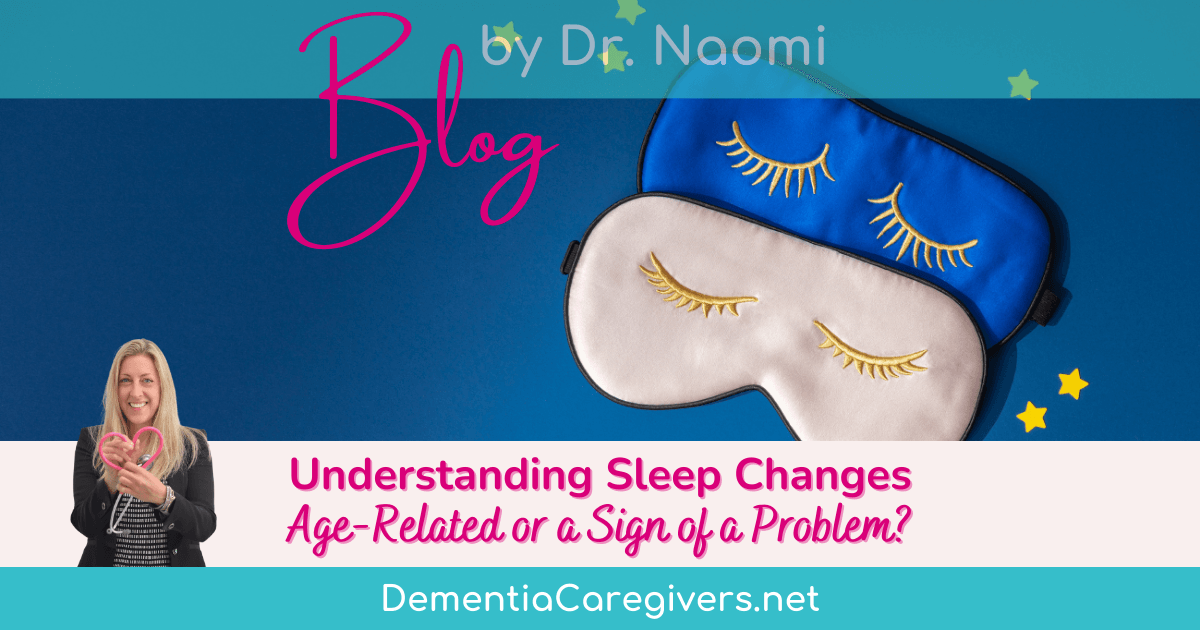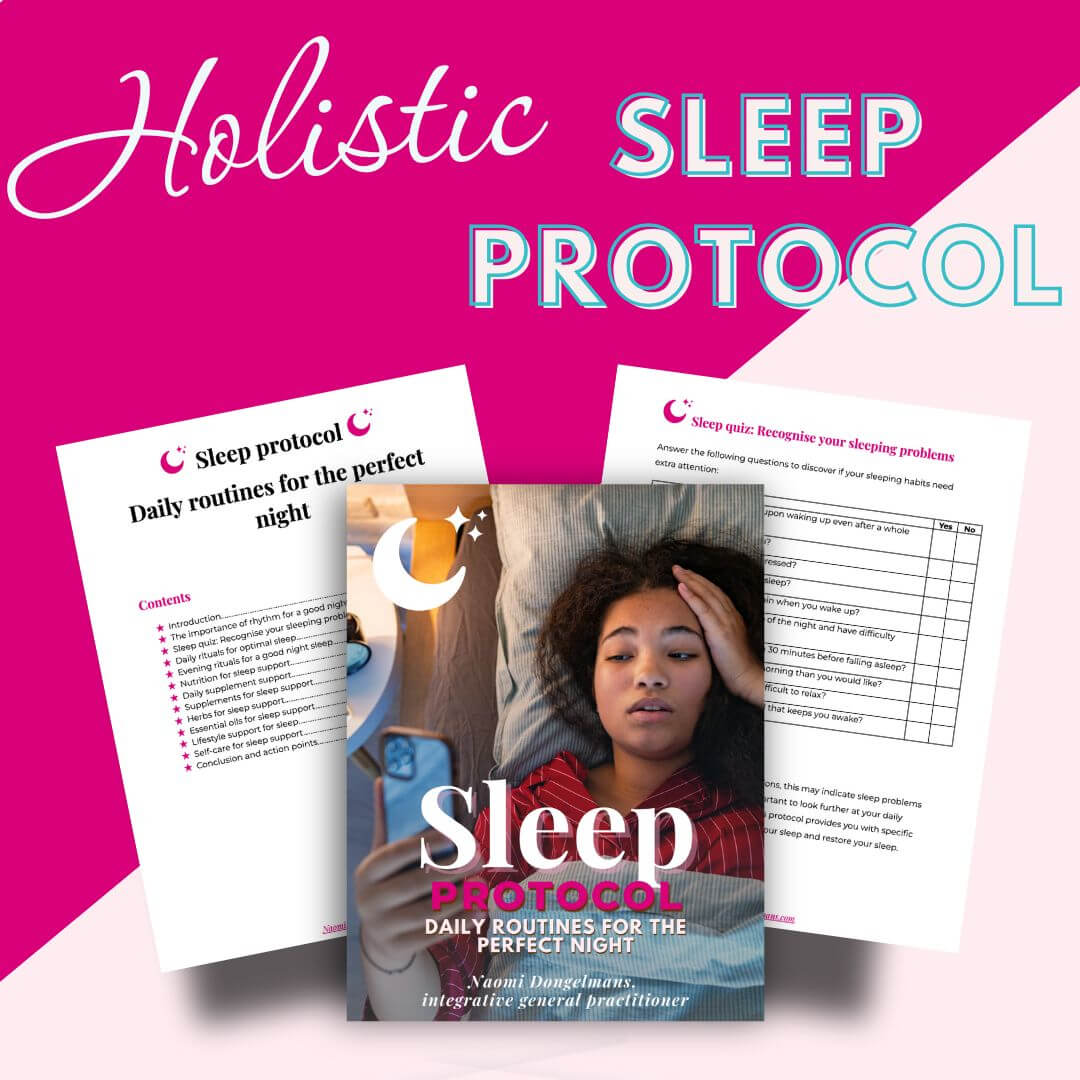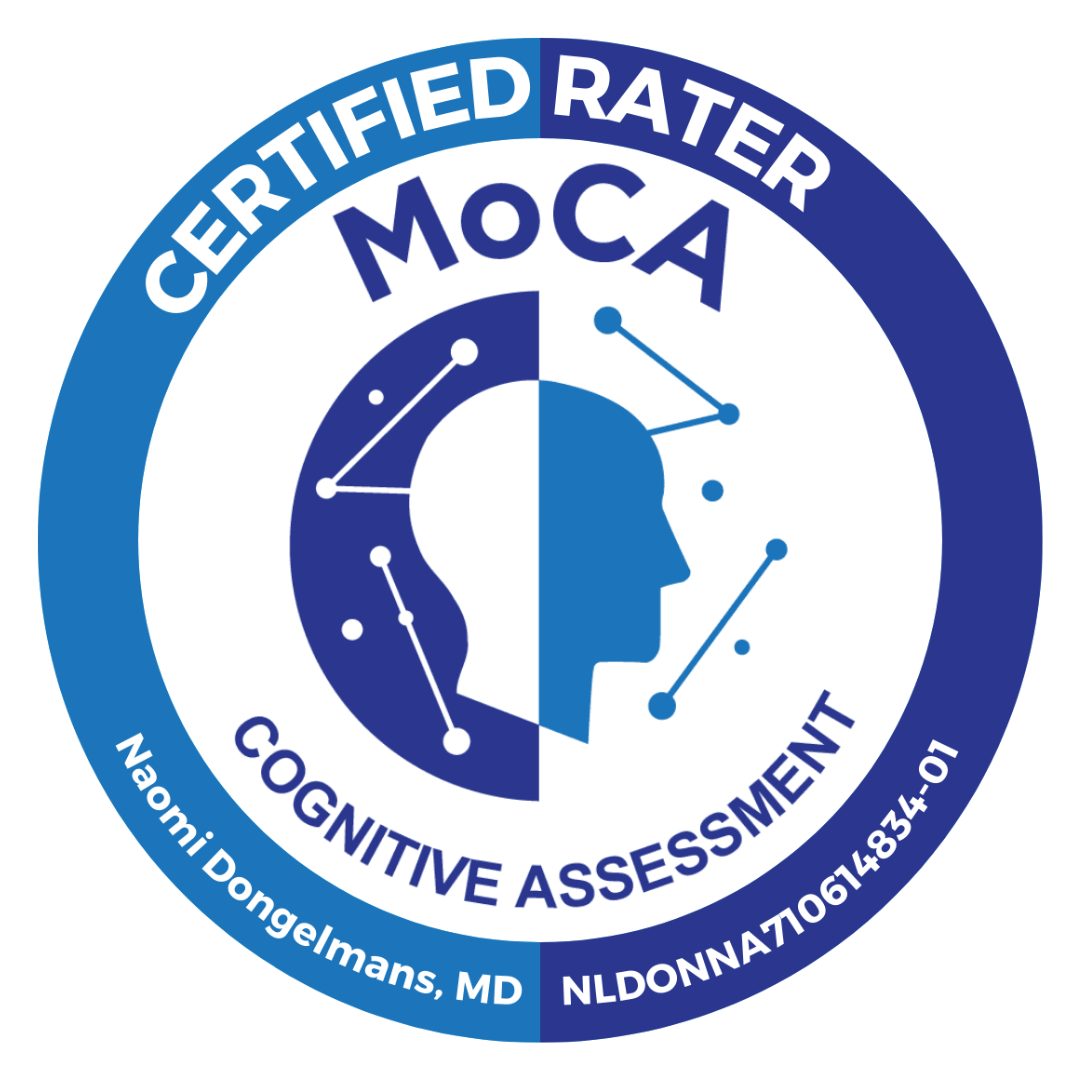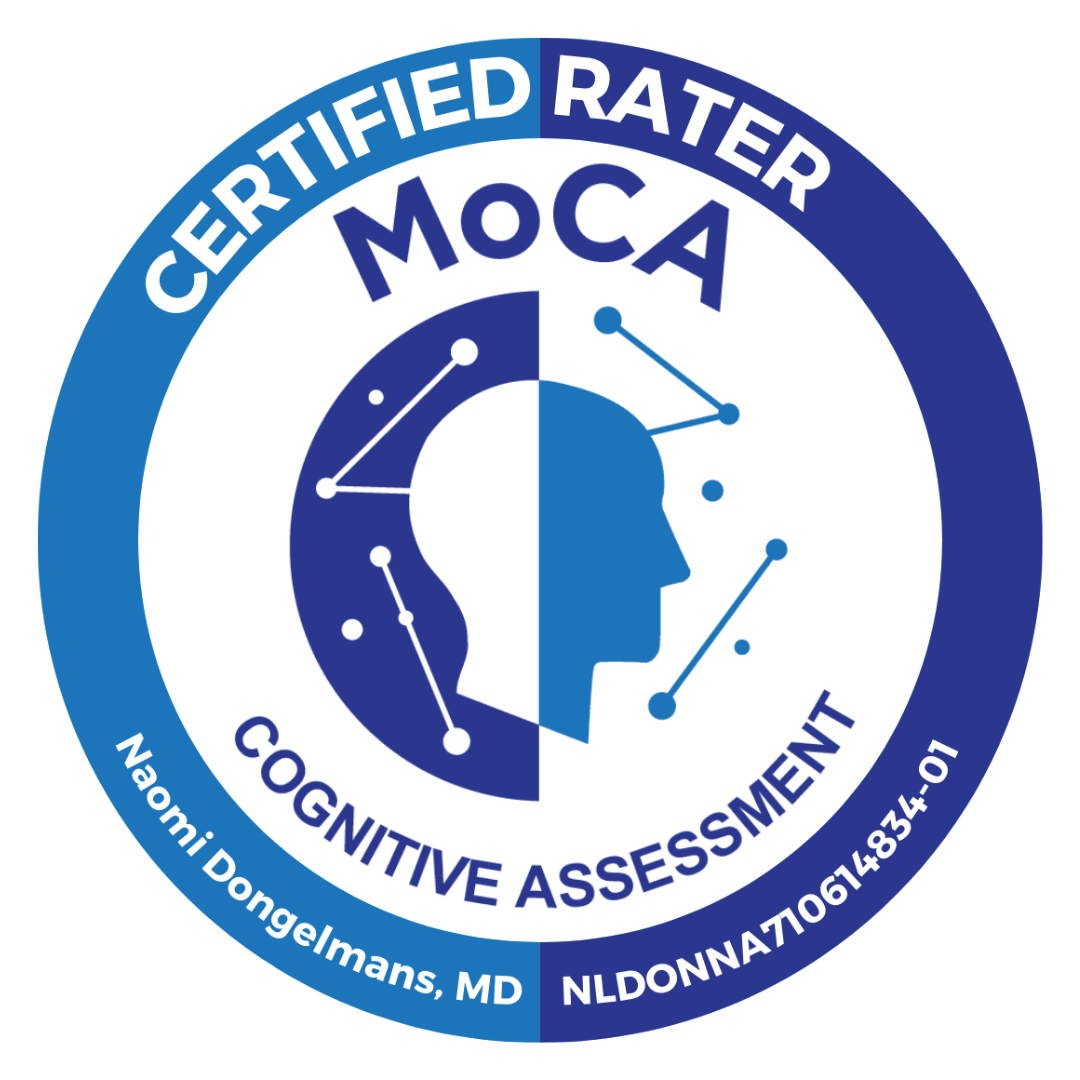
Table of Contents
- Patricia's concern
- Understanding age-related sleep changes
- Addressing daytime napping
- Creating a safe & comfortable environment
- Engaging in daytime activities
- The outcome
- Conclusion
- Identifying real sleep problems
- When to seek professional help
- Conclusion
- Ready to transform your sleep?
Let's delve into this question through the story of Patricia and her mother, Anna. Patricia, a dedicated school teacher in her early fifties, always had a close bond with her mother. However, as Anna entered her late 70s, Patricia noticed changes in her mother's sleep patterns that concerned her.
Patricia's concern
Every evening, after finishing her grading and lesson planning, Patricia would call Anna. She started noticing that her mother, once a night owl, was now going to bed around 8 PM. More worrisome was that Anna often woke up by 4 AM, which was unusual for her. Patricia remembered how her mother used to enjoy late-night reading and was puzzled by this new pattern. She also noticed Anna taking frequent naps, sometimes right in the middle of their afternoon chats.
Understanding age-related sleep changes
Patricia's concern led her to research and consult with a sleep specialist. She learned that as we age, our sleep needs and patterns change. It was a revelation to Patricia that older adults like her mother might require less sleep. She recalled Anna jokingly saying, "I've slept enough in my life, now I wake up to see the sunrise." Patricia realised that her mother's early bedtime naturally led to her waking up at 4 AM.

Addressing daytime napping
Patricia encouraged Anna to keep her naps short and early in the day. She suggested replacing the post-lunch nap with a gentle walk in the garden, reminiscing about the flower beds they used to tend together.
Creating a safe & comfortable environment
Patricia was also concerned about Anna's safety, especially after an incident where Anna tripped during a late-night walk in the hallway. Patricia installed night lights and safety locks and rearranged furniture to create a clear path in Anna's home. She also introduced calming bedtime rituals, like playing Anna's favourite classical music and adding a lavender scent to her room.
Engaging in daytime activities
Patricia and Anna started a new routine to promote better sleep at night. They began doing light gardening in the mornings and sometimes joined a local seniors' yoga group. These activities became special bonding moments for them.
The outcome
With these adjustments, Anna's sleep improved significantly. She still woke up early but felt more rested and energised throughout the day. The daytime napping became less frequent, and her nighttime wandering ceased. Patricia felt a sense of relief and was less worried, knowing that these changes were part of normal ageing and that she could manage them effectively.
Conclusion
Patricia's journey with her mother highlights the importance of understanding the difference between age-related sleep changes and sleep disorders. It also shows how small adjustments in daily routines can significantly improve sleep quality in older adults. For caregivers like Patricia, this knowledge brings peace of mind and the ability to provide better care.

Identifying real sleep problems
While Patricia found comfort in understanding her mother's sleep patterns, it's important to recognise that sometimes changes in sleep can indicate more serious issues. Here are signs that suggest a deeper sleep problem:
Persistent difficulty in falling or staying asleep
If you or your loved one consistently struggles to drift off or stay asleep over several weeks, it could be a cause for concern.
Feeling exhausted despite a full night's sleep
Quality of sleep is just as important as quantity. Waking up tired even after a full night's rest warrants further investigation.
Frequent nighttime awakenings
Regular disruptions in sleep can be a sign of underlying health issues.
Symptoms of sleep disorders
Don't overlook symptoms like loud snoring, which may indicate sleep apnea, or an overwhelming urge to move the legs, a sign of restless legs syndrome.
When to seek professional help
If these sleep issues start affecting daily life, consulting a healthcare professional is crucial. They can help determine if there's an underlying sleep disorder or other health condition that needs attention. Addressing sleep concerns is essential for maintaining overall health and well-being.
Conclusion
Quality sleep is a cornerstone of good health at any age. Patricia's journey with her mother, Anna, underscores the importance of understanding the difference between normal sleep changes due to ageing and potential sleep disorders. This knowledge empowers caregivers and those in their care to take the right steps towards ensuring restful nights and energetic days. Remember, every individual's sleep needs are unique, and staying informed is key to managing sleep health effectively.
 Ready to transform your sleep?
Ready to transform your sleep?
Unlock the secrets to a restful night with our comprehensive Sleep Protocol! This program provides you with the tools and strategies you need to improve your sleep quality significantly.
👉 Click here to explore and purchase the Sleep Protocol now!
Start your journey to better sleep today!
Love what you read here? Subscribe for updates! Add me to the list!





























0 Comments